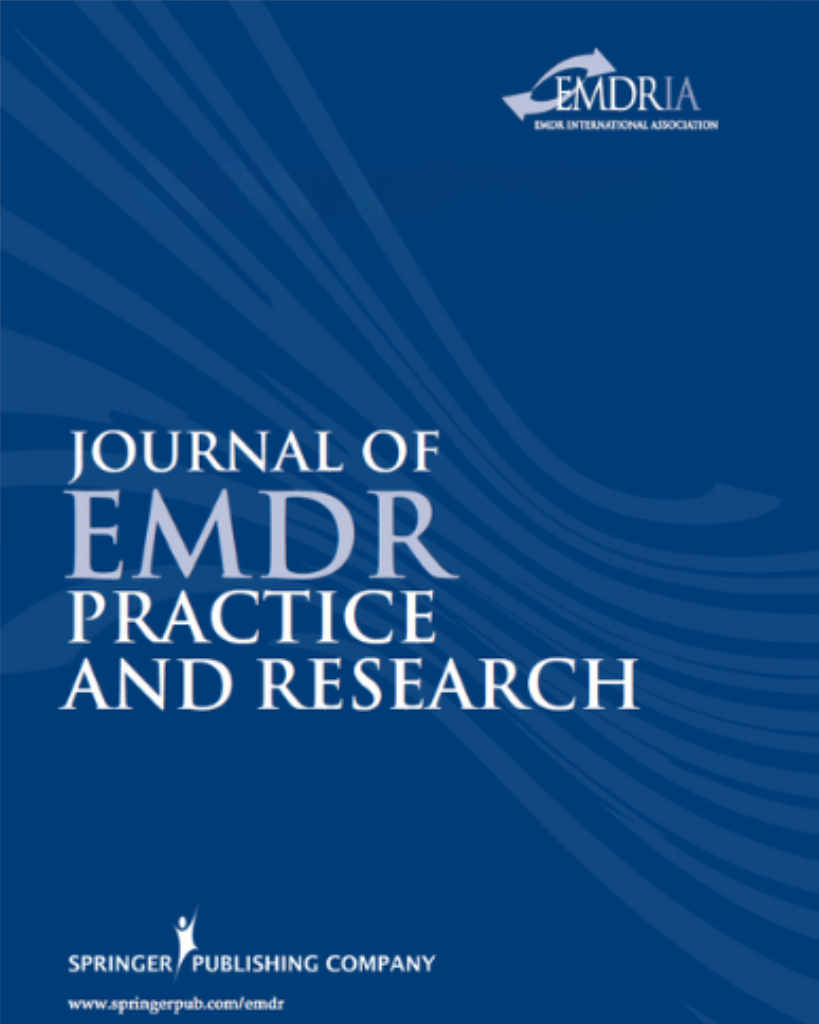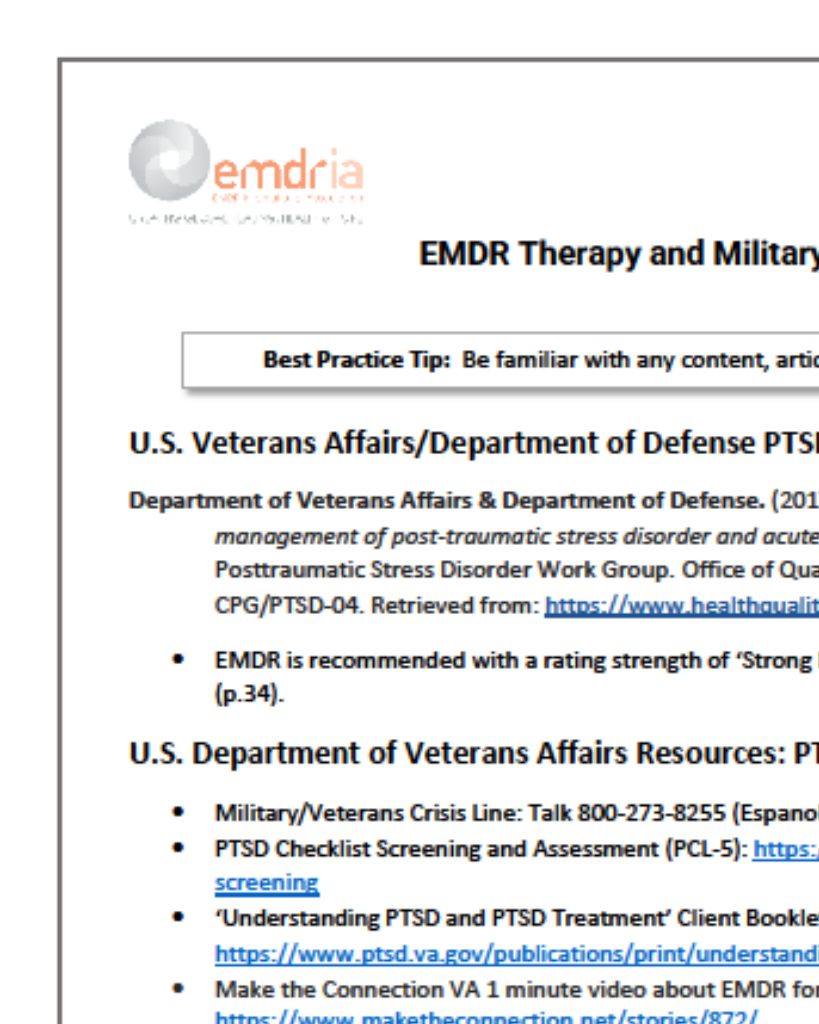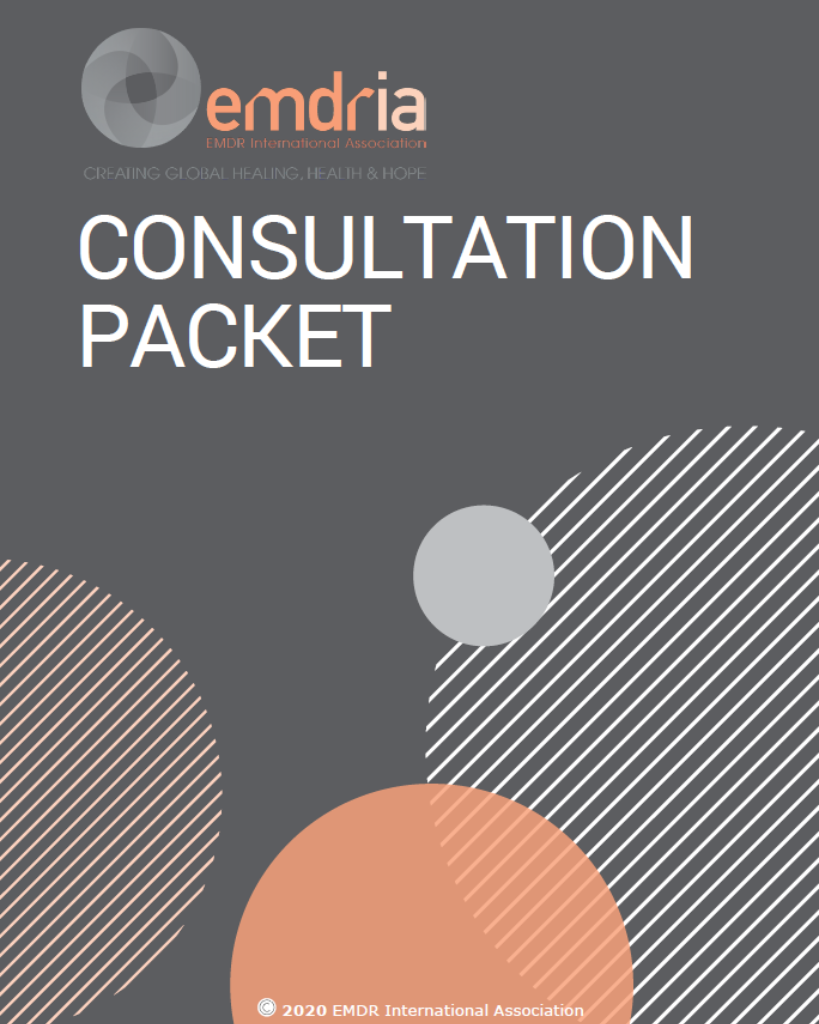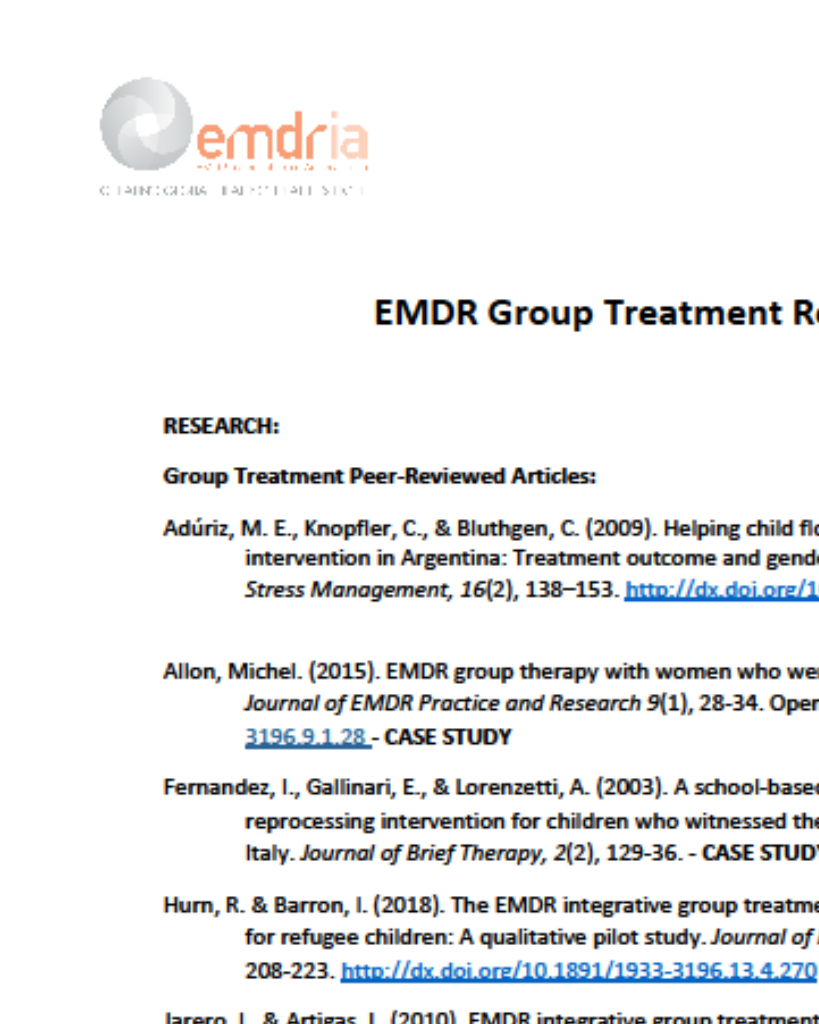The Integrative Use of EMDR and Clinical Hypnosis in the Treatment of Adults Abused as Children
Case vignettes illustrate the integrative use of clinical hypnosis and EMDR in the treatment of adults who experienced childhood abuse.
Article Abstract
“The potential benefits of the use of a permissive style of clinical hypnosis as a therapeutic medium to enhance eye movement desensitization and reprocessing (EMDR) trauma treatment are explored. A comparative review of hypnosis and EMDR is provided, including putative psychophysiological mechanisms for both. A rationale for integrating clinical hypnosis with EMDR treatment is presented. It is suggested that hypnosis primarily enhances the accessibility of traumatic information while EMDR primarily enhances the reprocessing of traumatic information and that accessibility and reprocessing are reciprocal features. The relative and combined merits of hypnosis and EMDR for resource development are discussed. The author proposes that clinical hypnosis may be incorporated into EMDR without necessarily modifying the eight-stage EMDR protocol apart from modifications that are indicated for special conditions. Three case vignettes are used to illustrate the integrative use of clinical hypnosis and EMDR in the treatment of adults who experienced childhood abuse.”
—Description from publisher
Article Access
Open Access
Harford, P. M. (2010). The Integrative Use of EMDR and Clinical Hypnosis in the Treatment of Adults Abused as Children. Journal of EMDR Practice and Research, 4(2), 60–75. https://doi.org/10.1891/1933-3196.4.2.60
About the Journal
The Journal of EMDR Practice and Research is a peer-reviewed publication devoted to integrative, state-of-the-art papers about Eye Movement Desensitization and Reprocessing. It is a broadly conceived interdisciplinary journal that stimulates and communicates research and theory about EMDR, and their application to clinical practice. The Journal of EMDR Practice and Research is the Official Publication of the EMDR International Association.
Date
May 1, 2010
Creator(s)
Philip M. Harford
Topics
Abuse/Neglect, Childhood Trauma
Client Population
Children
Practice & Methods
Hypnosis
Extent
16 pages
Publisher
Springer Publishing Company
Rights
Copyright © 2010 EMDR International Association
APA Citation
Harford, P. M. (2010). The Integrative Use of EMDR and Clinical Hypnosis in the Treatment of Adults Abused as Children. Journal of EMDR Practice and Research, 4(2), 60–75. https://doi.org/10.1891/1933-3196.4.2.60
Series
4
Installment
2
Audience
EMDR Therapists
Language
English
Content Type
Peer-Reviewed
Original Source
Journal of EMDR Practice and Research
Access Type
Open Access





